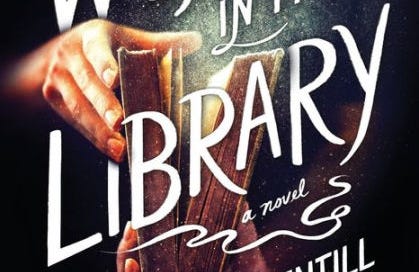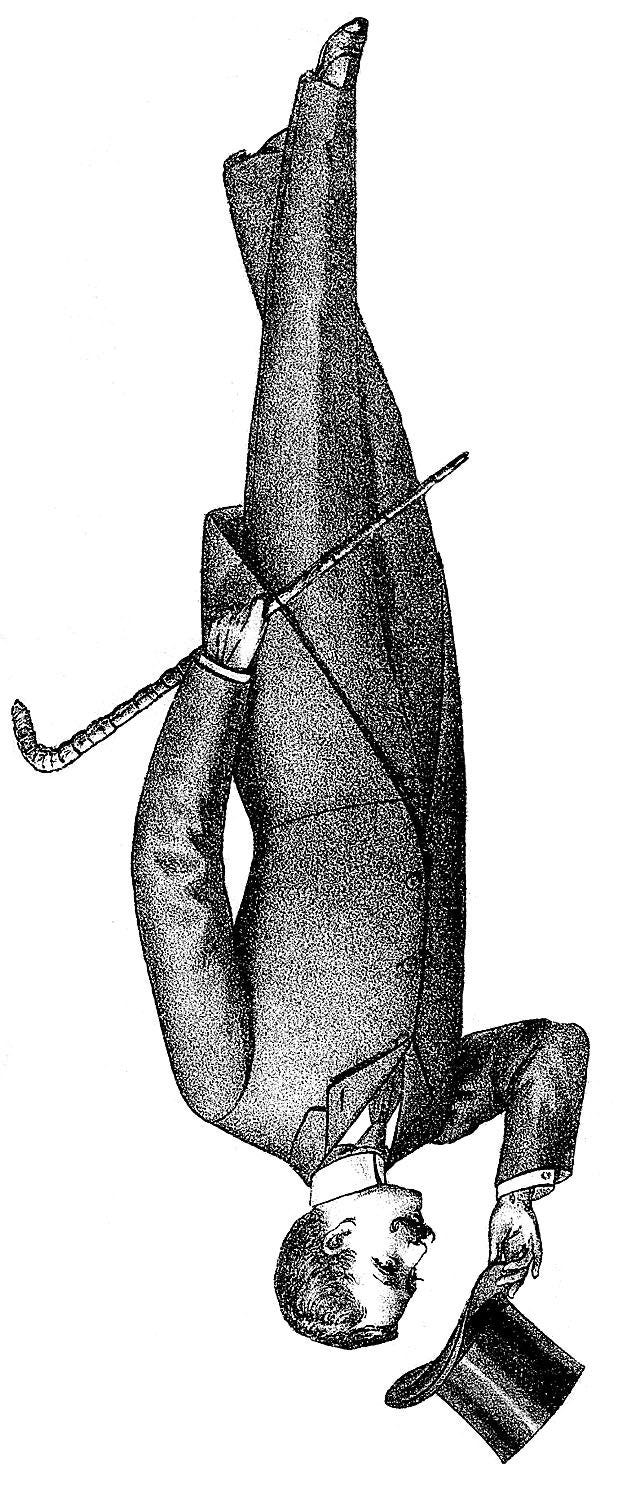Book Review: The Woman in the Library by Sulari Gentill
A good mystery spoiled by an epistolary thriller.
The Woman in the Library by Sulari Gentill. Narrated by Katherine Littrell. Dreamscape Media, 2022. 9 hours (approx.).
Ok, follow me here.
Sulari Gentill’s novel, The Woman in the Library, is about a novelist named Hannah Tigone whose untitled novel is about a novelist named Freddie Kincaid whose untitled novel is about three friends who hear a scream in the Boston Public Library. Freddie’s novel is based on her real-life friends except that her real-life friends are characters in Hannah’s novel who herself is a character in Gentill’s novel.
Did everybody get that?
Not since Melmoth the Wanderer have I read a book with so many convoluted layers of narration!
The Woman in the Library is better understood as two separate stories. The first is a well-executed whodunit. The second is an epistolary thriller that falls flat.
Hannah and Leo - The Epistolary Thriller
The reader sees only Leo Johnson’s side of a correspondence with the author, Hannah Tigone. He gives advice and research materials for her latest manuscript. However, things get strange when Leo sends graphic images of several murders.
Sure enough, the FBI contacts Hannah. Leo is a suspect in these murders, and Hannah is to pump him for information. The correspondence continues. Leo becomes increasingly aggressive in the manner of Annie Wilkes from Misery. He attempts to visit her - probably to harm her - but the authorities intercept him.
The major fault is the epistolary thriller’s anticlimax. In a letter, Leo declares he’ll visit Hannah. Meanwhile, the FBI admits he has eluded their agents. This is the “call is coming from inside the house” moment. It was very exciting.
But then the next letter is from Leo in jail. He explains how disappointed he is that they never met. Never met? Really? No confrontation. No pay off. A whole lot of tension building - especially in the second half - all for nothing.
There are reasons for this, of course.
First are the limitations of epistolary writing. It worked well for Dracula, true. However, that was a horror novel relying on atmosphere to create mood. The Woman in the Library, on the other hand, is a thriller. It relies on a sense of immediate danger. It is difficult to achieve that sense when the action is being described after the fact.
Second is Gentill’s decision to only show Leo’s side of the correspondence (plus a few FBI letters). This further and needlessly restricts her ability to finish the tale. I don’t see how the ending could be anything but anticlimactic given these two restrictions.
The letters comprise little more than an hour of the book and come across as a late addition or afterthought. I suspect the Leo/Hannah story was added to address the fact that The Woman in the Library’s main plot never mentions the Covid pandemic or the riots of 2020. Indeed, Leo criticizes Hannah’s novel for this very omission.
Each chapter begins with the whodunit and ends with the letters that constitute the epistolary thriller. Initially, the letters are a distraction from the main plot. They only become interesting halfway through, when it becomes obvious Leo is more than he seems.
Overall, The Woman in the Library would have benefited by the exclusion of the epistolary thriller.
The Scooby Doo Gang; Or, Whodunit
Four strangers - Freddie, Cain, Wit and Marigold - share a table at the Boston Public Library. They hear a woman scream. While security investigates the four strike up a friendship. Our narrator, Freddie, states that one of them is a murderer.
Based on the jacket description, you may think the entirety of the novel takes place in the library (“Security guards … instructing everyone inside to stay put …”) and the main conflict is teasing out how a murderer can be in two places at once. I thought so, anyway, and I was wrong.
The bulk of the story is about Freddie and Cain’s budding relationship while a number of seemingly unrelated but disturbing events take place. Cain is attacked by an old friend, Boo. That friend is later found dead. Wit is stabbed by an unknown assailant. Freddie receives threatening images of her apartment door. Marigold is a stalker. And so on.
Gentill expertly handles all these threads, and although they do become convoluted the novel does not suffer greatly for it. On the contrary, all these threads keep the book entertaining and the reader guessing.
Cain is an early suspect given his criminal record, but this is an obvious red herring. I hope Gentill meant it to be obvious. If not, I'd call it a major failure on her part.
In any case, the identity of the murderer is well hidden until the end - and I predicted the ending of The Sixth Sense! The only criticism of the final revelation is its decisive clue: a box of donuts. That evidence is iffy at best. It’s hardly enough to justify Freddie’s conclusion.
The story goes a little bonkers in the middle. When Boo injures Cain the latter refuses to see a doctor. No problem, it just happens Freddie’s neighbor is a retired doctor. How convenient! But wait, she’s totally not a doctor but a nutcase who only pretends to be a doctor - as well as a plumber. Her two lawyers straight out of central casting (suites, ties, briefcases) force Cain to sign a waiver. Then the gang all have lunch at a sex shop.
Um, sure. Okay. Whatever.
Excluding the nuttiness of the midpoint, the whodunit story is exceptionally fun and well executed. Unfortunately, it is disrupted by the rude interjections of Leo. His commentary on the events is unwelcomed and at times even becomes a crutch for Gentill’s plot (e.g., I didn’t suspect Marigold was a stalker until Leo suggested it.)
Nevertheless, The Woman in the Library is a fun mystery.




